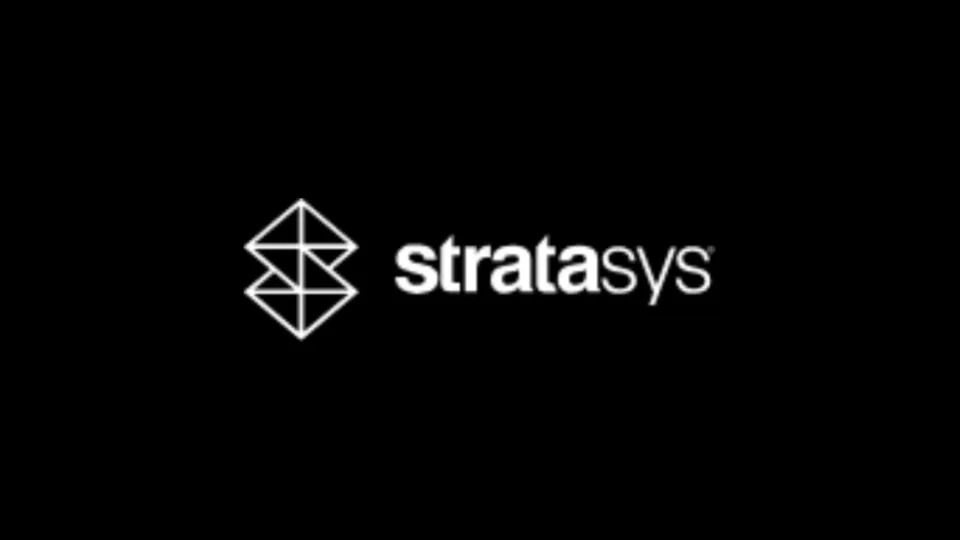Traders are no longer chasing upside in Nasdaq-listed MicroStrategy (MSTR), a leveraged play on bitcoin (BTC), signaling a cautious shift in market sentiment.
MSTR's 250-day put-call skew, which shows the difference in implied volatility between puts (options to sell) and calls (options to buy), has bounced to zero from -20% in three weeks, according to a data tracking website Market Chameleon .
It means that call options, which traders use to achieve asymmetric upside gains from a potential rally in the underlying asset, are now trading at parity with puts that offer downside protection rather than the unusually high premium observed three weeks ago.
In other words, the sentiment has flipped to neutral from uber-bullish.
The change comes as MSTR's share price has declined by over 44% to $289 since hitting a record high of $589 on Nov. 21, with valuation dropping 34% in the past two weeks alone, according to data source TradingView.
"With MicroStrategy shares now down 44% from their peak and other companies adopting bitcoin as a treasury asset strategy at a much smaller scale, the bitcoin tailwind generated by this narrative appears to be losing steam," Markus Thielen, founder of 10x Research , said in a note to clients.
MicroStrategy began adding bitcoin to its balance sheet in 2020 and has since accumulated 446,400 BTC ($42.6 billion), often financing the purchases with debt sales. MSTR, therefore, is seen as a leveraged bet on BTC in 2024 and ended 2024 with a 346% gain, outshining BTC's 121% rise by leaps and bounds.
However, the end-of-year action was disappointing. While MSTR fell by 25% in December, BTC fell by only 3%, holding relatively steady above $90,000.
Its a sign MSTR's appeal as a leveraged bet on BTC is weakening.
"The stock’s underperformance, despite substantial bitcoin acquisitions, indicates that investors are no longer willing to pay an implied price of $200,000 (or more) per bitcoin through MicroStrategy when it can be purchased directly at a much lower cost," Thielen noted.






